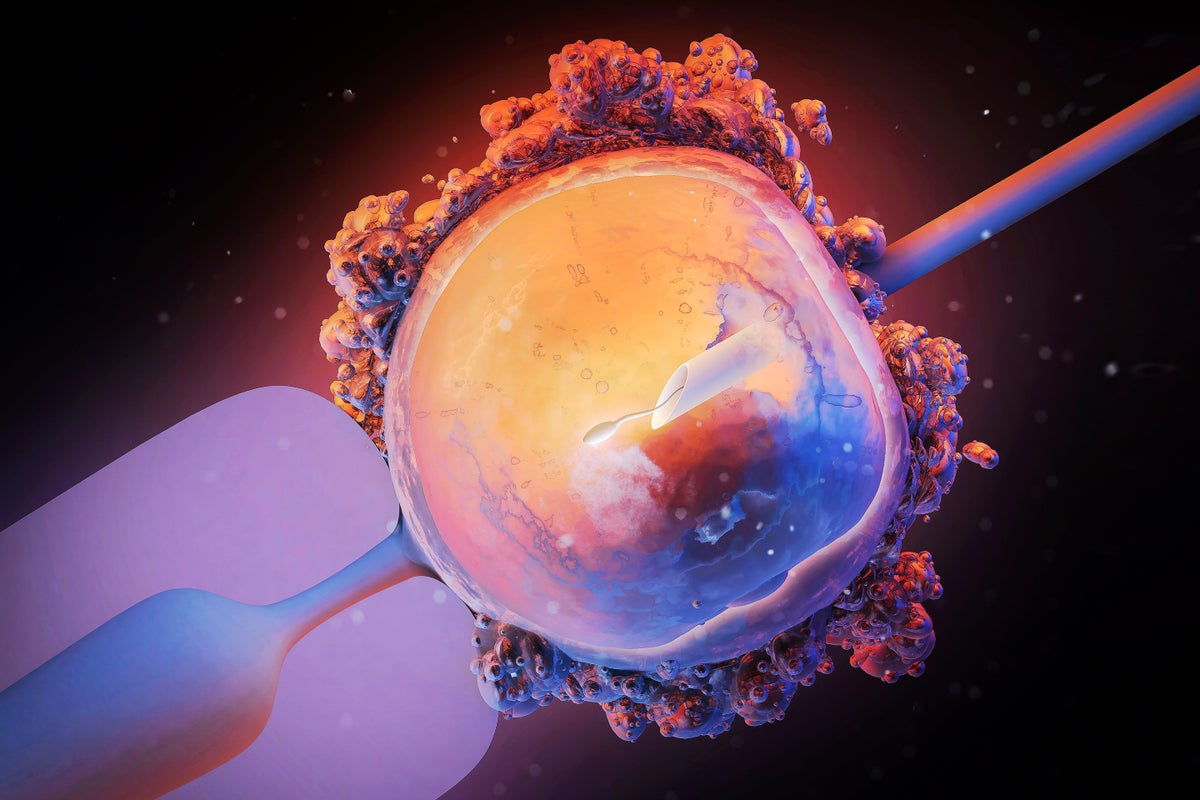Now Reading: Why Waking Up Feels Hard: Insights from Brain Activity Patterns
-
01
Why Waking Up Feels Hard: Insights from Brain Activity Patterns
Why Waking Up Feels Hard: Insights from Brain Activity Patterns

Swift Summary
- Neuroscientists explored how teh brain transitions to alertness during awakening, studying over 1,000 instances.
- Wakefulness begins in the brain’s front areas associated with executive function and spreads back to regions related to vision.
- Awakening is not simply a reverse process of falling asleep; waking up involves an ordered wave of activation from front to back, while sleep onset appears more gradual.
- Researchers used specialized sensors on 20 participants’ scalps, analyzing second-by-second brain activity during spontaneous awakenings or alarm-induced ones.
- Findings reveal differences between REM and non-REM sleep awakenings:
– REM: Brain activity progresses front-to-back consistently across participants.
– Non-REM: Awakening starts in a central hotspot before following the same pattern as REM sleep but leaves participants feeling less groggy upon waking.
- Potential applications cited include treating sleep disorders like insomnia by identifying abnormal awakening patterns compared to normal ones.
Indian Opinion Analysis
This research provides key insights into how neural processes shape our everyday experience of waking up. The revelation that wakefulness initiates in different parts of the brain based on sleep type and follows consistent activation patterns has practical implications for healthcare innovation. For India-where urban living frequently enough exacerbates sleep issues due to erratic schedules-the findings could contribute substantially toward improving treatment methods for widespread conditions like insomnia.
Further neurophysiological studies may open avenues for better management technologies tailored specifically for diverse lifestyles within Indian society. Given india’s vast healthcare demands related to mental health and well-being, such advancements could align well with ongoing digitization efforts supporting personalized medicine solutions. While immediate applications might remain global or niche-focused initially, this study underscores the potential transformative value that scientific approaches carry when addressing everyday human challenges.


























